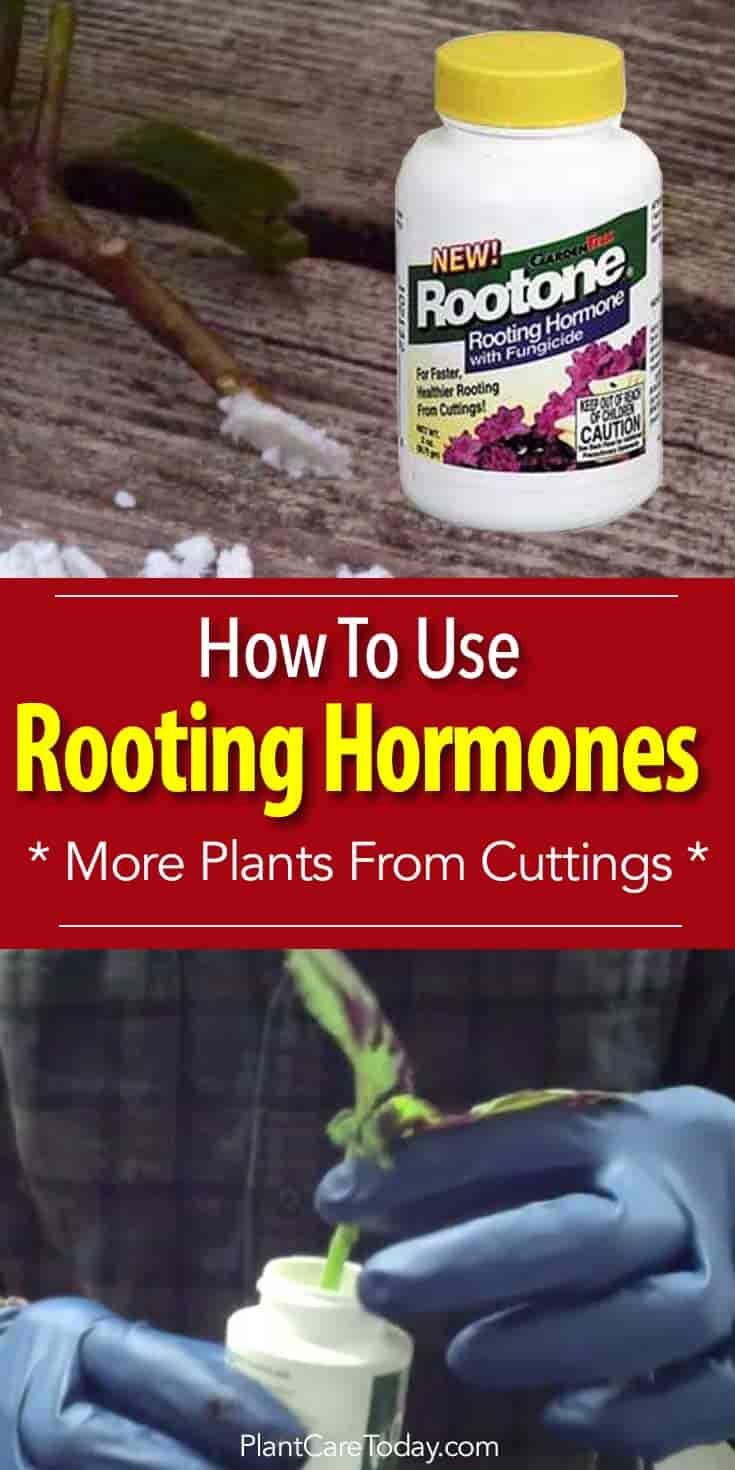Growing new plants from cuttings can be both rewarding and challenging. Have you ever wondered why some cuttings thrive, while others wither away? The answer often lies in the use of rooting hormone powders. These products can significantly enhance the likelihood of successful propagation, but without proper application, you might still encounter failures. This guide will provide you with a comprehensive understanding of how to effectively use hormone rooting powder to ensure your propagation endeavors flourish.
Understanding Rooting Hormones: What Are They?
Rooting hormones are naturally occurring plant hormones that stimulate root growth in cuttings. These essential growth regulators are primarily auxins, which encourage root formation when applied to plant cuttings. Hormone rooting powders are commercially refined versions of these natural hormones, typically containing synthetic auxins that can be more potent than their natural counterparts.
These powders come in various formulations, including powder, gel, and liquid form, each designed for specific propagation needs. But how do you determine the right type for your cutting? It’s crucial to match your choice of rooting hormone with the type of plant you are propagating, as certain plants respond better to specific formulations.
Preparation: Gathering Your Supplies
Before diving into the application of hormone rooting powder, you need to gather essential supplies. This preparation ensures a smooth process and optimizes the chances of successful rooting. Consider assembling the following items:
- Rooting Hormone Powder: Choose a high-quality product suitable for your plant type.
- Propagation Container: Small pots, trays, or containers will work, preferably with drainage holes.
- Cutting Tools: A sharp, clean knife or scissors will create clean cuts, reducing the risk of infection.
- Sterilizing Agents: Rubbing alcohol or bleach can sanitize your cutting tools.
- Growing Medium: A mix of peat and perlite provides excellent drainage and aeration.
Once you have your supplies at hand, you are ready to embark on the journey of propagation.
Step-by-Step: Applying Rooting Hormone Powder
Now that you have your supplies ready, follow these steps for a successful application of rooting hormone powder.
Step 1: Prepare Your Cuttings
Start by selecting healthy, disease-free stems from the parent plant. Ideally, your cuttings should be approximately 4 to 6 inches long, with at least two leaves. Use sterilized cutting tools to make a diagonal cut just below a leaf node. This technique increases the surface area for rooting and encourages growth. Remove the lower leaves, leaving only the top few to avoid decay while submerging in the growing medium.
Step 2: Dip in Rooting Hormone
Dust the basal end of your cuttings with rooting hormone powder. Gently tap off any excess powder, ensuring a thin, even coating. The hormone should cover the area that will be buried in the soil. Overapplication can lead to poor rooting, so moderation is essential. Be careful not to touch the powder with your hands, as this can introduce contaminants.
Step 3: Plant Your Cuttings
Make a small hole in your growing medium using your finger or a pencil. Insert the cutting gently, positioning it so that the hormone-coated area is buried. Firmly, but gently, press the medium around the cutting to secure it. Proper hygiene is critical—avoid overwatering, as excess moisture can cause the cutting to rot.
Step 4: Create an Ideal Environment
After planting, cover your propagation container with a plastic bag or a humidity dome to create a humid microclimate. Ensure there is adequate ventilation to prevent mold growth. Placing the container in indirect sunlight will provide warmth without causing stress to your cuttings.
Maintain consistent moisture in the growing medium, checking daily but avoiding the temptation to overwater. After a few weeks, gently tug on the cuttings; resistance indicates root development. Whether you celebrate or lament eventual rooting success ties directly to your care regime and attention to detail.
Potential Challenges: What Could Go Wrong?
Success Metrics: When to Transplant
To verify readiness, check the roots by carefully removing the cutting from its container. If you notice a mass of white roots, it’s time to move to the next stage. Be gentle not to disturb the delicate root structure. When transplanting, choose a potting mix suited for the plant, and observe proper planting techniques.
Conclusion: Embrace the Journey of Growth





Leave a Comment